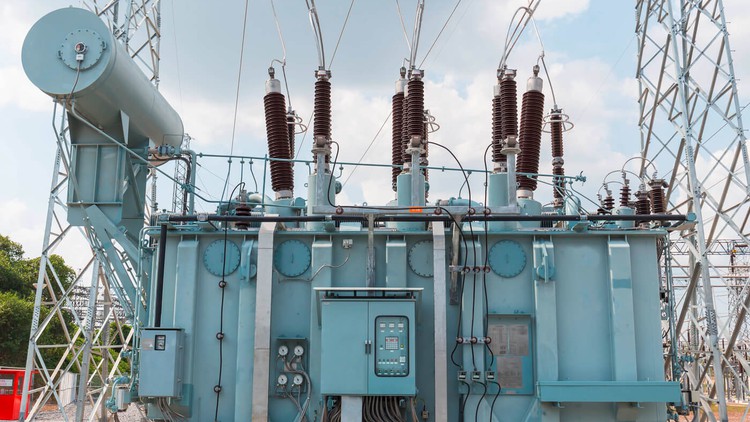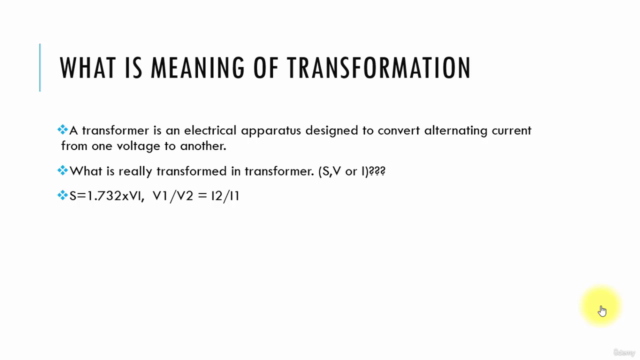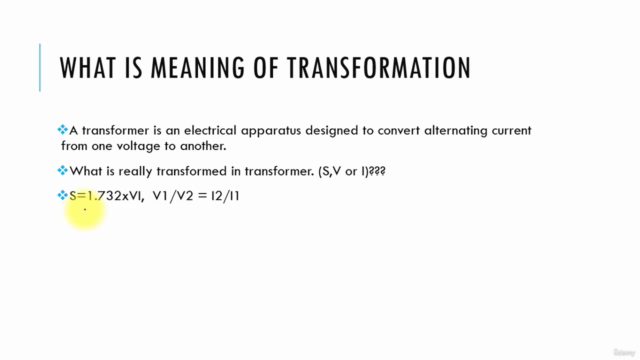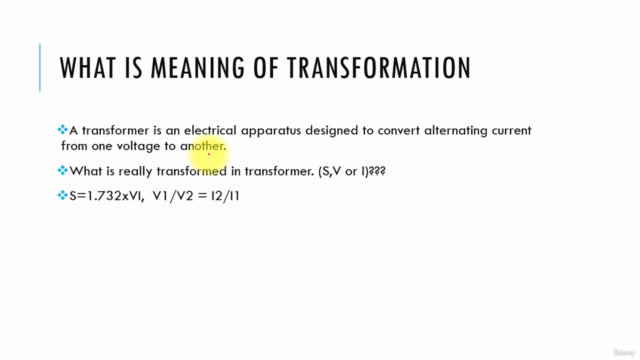Mastering Electrical Transformer Fundamentals Part 1

Why take this course?
-
Transformer Installation and Alignment: Proper installation and alignment of the transformer are crucial for its optimal performance and longevity. Misalignment can lead to mechanical stress, reduced efficiency, and increased losses.
-
Electrostatic Shielding: The use of Faraday cages or electrostatic shields around sensitive parts of the transformer, like the core and windings, to protect against electrostatic discharges (ESD).
-
Transformer Oil Sampling and Analysis: Regular oil sampling and analysis can detect early signs of degradation or contamination, which is essential for preventive maintenance.
-
Instrument Transformers: These are specialized transformers used for measuring electrical quantities (like current and voltage) at higher levels of accuracy than ordinary power transformers.
-
Transformer Ageing and Degradation Mechanisms: Understanding the chemical and physical changes that occur within insulation materials over time, which can affect the transformer's performance and reliability.
-
Partial Discharge (PD) Testing: PD testing helps detect early signs of insulation breakdown in power transformers, which is crucial for preventive maintenance.
-
Electrical Diagnostics and Fault Analysis: Advanced diagnostic tools can analyze electrical parameters to identify issues such as turns ratio errors, winding faults, or cooling system malfunctions.
-
Transformer Retrofitting and Upgrading: Retrofitting older transformers with newer technologies like dry-type or SF6 gas insulation to enhance performance and reduce environmental impact.
-
Energy Efficiency in Transformers: Designing and operating transformers to minimize energy losses, which can lead to significant cost savings and reduced carbon footprint.
-
Transformer Recycling and Disposal: Proper disposal and recycling of transformers at the end of their life cycle to minimize environmental impact and handle hazardous materials responsibly.
-
Smart Grid Integration: Transformers are an integral part of smart grids, where they need to interact intelligently with the grid for efficient operation and energy management.
-
Regulatory Compliance and Standards: Adhering to international standards (like IEC 60608-2) for transformer design, testing, and maintenance to ensure safety and reliability.
-
Transformer Lifecycle Management: Managing the transformer from procurement through operation, maintenance, upgrades, and eventual decommissioning.
-
Advanced Transformer Protection Schemes: Implementing modern protection schemes to safeguard against overcurrent, overvoltage, and other abnormal conditions.
-
Seismic Qualification of Transformers: Ensuring that transformers can withstand seismic activities to prevent damage during earthquakes or vibrations.
-
Transformer Sound Level Measurements: Assessing the noise level of transformers, especially in residential areas, and taking measures to reduce it if necessary.
-
Harmonic Analysis of Transformers: Analyzing the impact of harmonics on the performance of transformers and implementing solutions to mitigate their effects.
-
Transformer Capacity Upgrades: Increasing the capacity of existing transformers through winding reconfigurations or adding additional taps without replacing the entire unit.
-
Electromagnetic Compatibility (EMC): Ensuring that transformers do not cause electromagnetic interference to other devices and are not affected by such interference.
-
Transformer Maintenance Manuals: Providing detailed maintenance procedures for different types of transformers, including preventive and corrective actions.
-
Training for Transformer Technicians: Ensuring that personnel working on or with transformers receive proper training to handle them safely and efficiently.
-
Transformer Performance Monitoring: Using sensor technologies and data analytics to monitor the performance of transformers in real-time, enabling predictive maintenance and early issue detection.
-
Collaboration with Transformer Manufacturers: Working closely with manufacturers for technical support, updates on new technologies, and optimized transformer solutions based on system requirements.
-
Transformation Ratio Determination: Precisely determining the turns ratio of the primary and secondary windings to ensure accurate voltage transformation.
-
Transformer Aging Prediction Models: Utilizing statistical models and algorithms to predict the remaining useful life (RUL) of transformers based on historical data and operating conditions.
-
Insulation Paper Testing: Regular testing of insulation paper for moisture content, thickness, and dielectric strength to ensure its integrity over time.
Each of these topics plays a vital role in the lifecycle management of transformers, from initial design to decommissioning. They contribute to the safe, efficient, and reliable operation of electrical power systems, which are critical infrastructure for modern society.
Course Gallery




Loading charts...